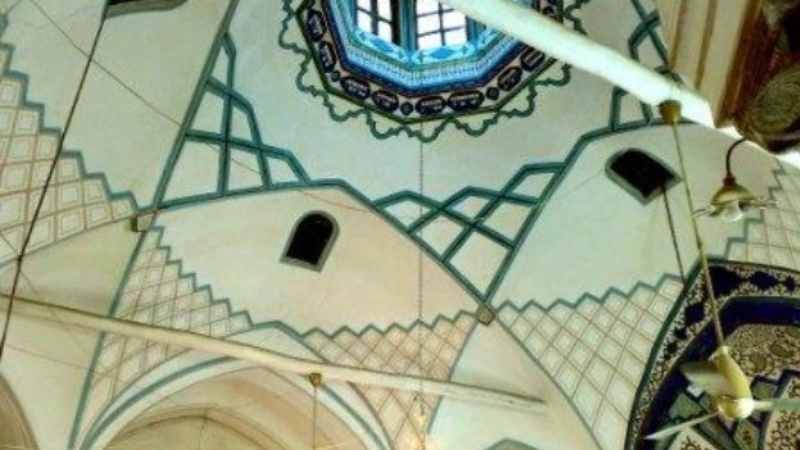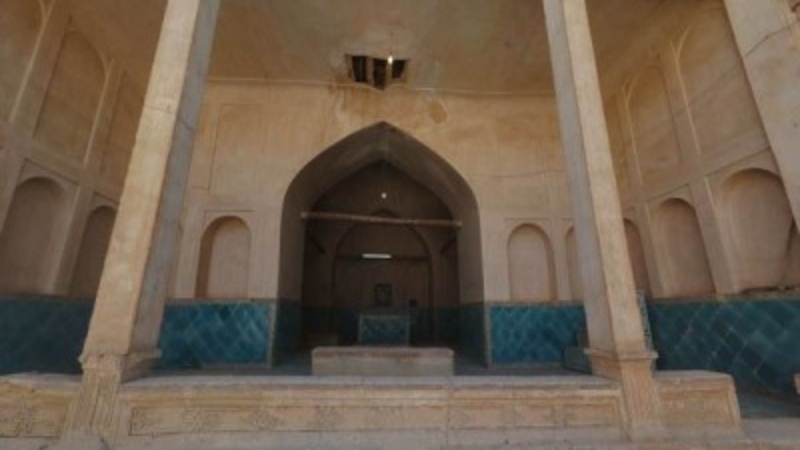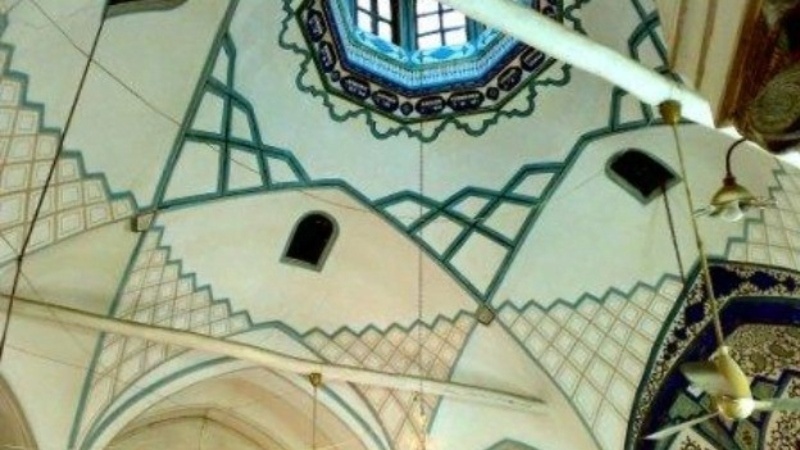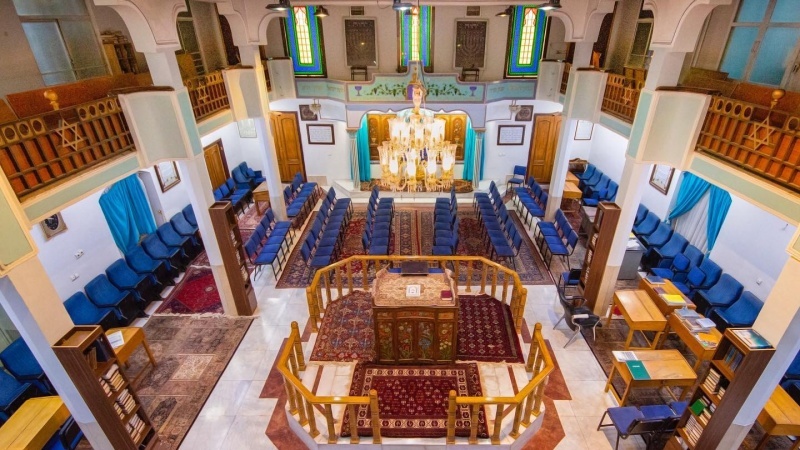A look at the Jewish synagogues in the city of Isfahan, Iran
-

A look at the Jewish synagogues in the city of Isfahan, Iran
Pars Today - The city of Isfahan in central Iran has provided a suitable setting for tourism for followers of all divine religions. The presence of Jewish synagogues and their restoration and maintenance is a sign of the Islamic Republic of Iran's attention to the freedom of religious minorities in this country.
After settling in Isfahan, the Jews were able to build places of worship for themselves, known as "synagogues." These synagogues have been inhabited during different eras, and at present, their historical examples from the Qajar era remain.
The architecture of these synagogues is completely similar to that of the Armenian churches, with the difference that the synagogues have no internal decorations, the reason for which is that Jews do not depict human images on the walls.
The synagogue buildings, in terms of decorations, are pleasing to the eye and lack the platforms on which religious ceremonies were performed. The architectural style of the Jewish synagogues in Isfahan is simple, humble, compatible with the environment, and sustainable.
So far, seven synagogues in the city of Isfahan have been registered in the list of national monuments of Iran.
Amoo Shaeiya synagogue
The oldest synagogue in Isfahan is the "Amoo Shaeiya Synagogue" in the Juybareh neighborhood, and the closest one to the Muslim-inhabited area around the Atiq Square is the "Melanesian Synagogue."
This synagogue has skylights on top of each of its domed arches that provide the needed light for the interior space. The exterior of this synagogue is simple and unadorned, while the interior is decorated with various ornaments.

Molla Ya'qub synagogue
This synagogue is located next to the tomb of the Isfahani poet, Kamaluddi Isma’il in the Juybareh neighborhood and with a history of one hundred years.
In the basement of this building, several prominent members of the Jewish community of Isfahan, including Molla Ya'qub, the founder of the synagogue, are buried. The entrance to the place of worship is from the southern corner of the eastern side.
In another part of this vestibule, there is a staircase related to the women's section, which is attached to the southern front of the building in the form of a mezzanine. The window above the Torah ark is a prominent and striking element of this structure, fulfilling the religious commandment of having a window facing al-Qods.
The spatial structure of these synagogues, like most of the Juybareh synagogues, consists of a central domed hall.

Molla Nisan synagogue
The date of construction of this edifice was 87 years ago and, unlike its very simple exterior, it is one of the most beautiful synagogues of Isfahan. The floor of this synagogue is nearly one meter lower than the alley. The passage of this edifice is a small entrance leading to the temple and yard of the synagogue. Although this synagogue is generally like other synagogues, the coating of the ceiling is different from other cases. This synagogue owns one of the most beautiful place of the Torah with a lot of decorations that can be seen.
This synagogue has two large windows on the Western wing which are located symmetrically in proportion to the place of the Torah. The ladies section is located in a separate floor on the Eastern side and somehow joined to the synagogue.

Shakra synagogue
The date recorded on one of the curtains of this synagogue reads 5569 of Hebrew calendar, i.e. 198 years ago. As for the specifications of this edifice, it should be said that after passing through the entrance, one steps in a dark corridor that is some three meters lower than the alley, and generally, cuts the relation with the outside. The aim of creating such a quality in synagogues is to prepare human's attention and relation with the outside world and for entering the temple. Entrance to the prayer hall is done through the Eastern side facing Beit-ul-Moqaddas.

Keter David synagogue
Presently, there are old copies of the Torah in the Keter David Synagogue dating back to almost 500 years ago written on the leather of animals whose meat is religiously permitted. According to the Jewish rituals and customs, these copies of the Torah are recited partly so that the Torah is read once every year.

Religious minorities enjoy a lot of freedoms in Iran and can hold their rituals and acts of worship with no barrier. This is while, in some of the European countries, no activity is permitted for Muslims and even girls cannot go to schools with the dresses determined in their religion.
Jews in Iran, too, are not only free to do their rituals, but also they can have their representatives in the parliament of the country. This is exactly what does not happen in Israel and the regime occupying al-Qods does not allow the main inhabitants of this land, i.e. Muslims, to interfere in political affairs.
MG-RM/MG


